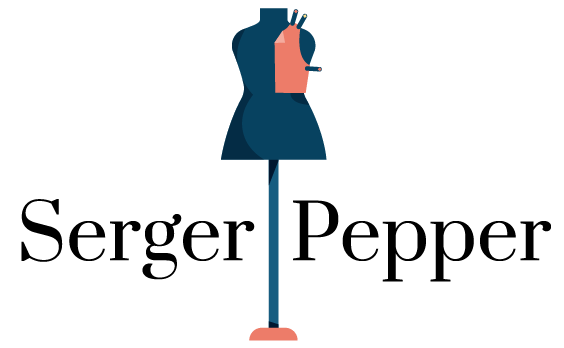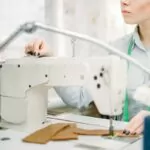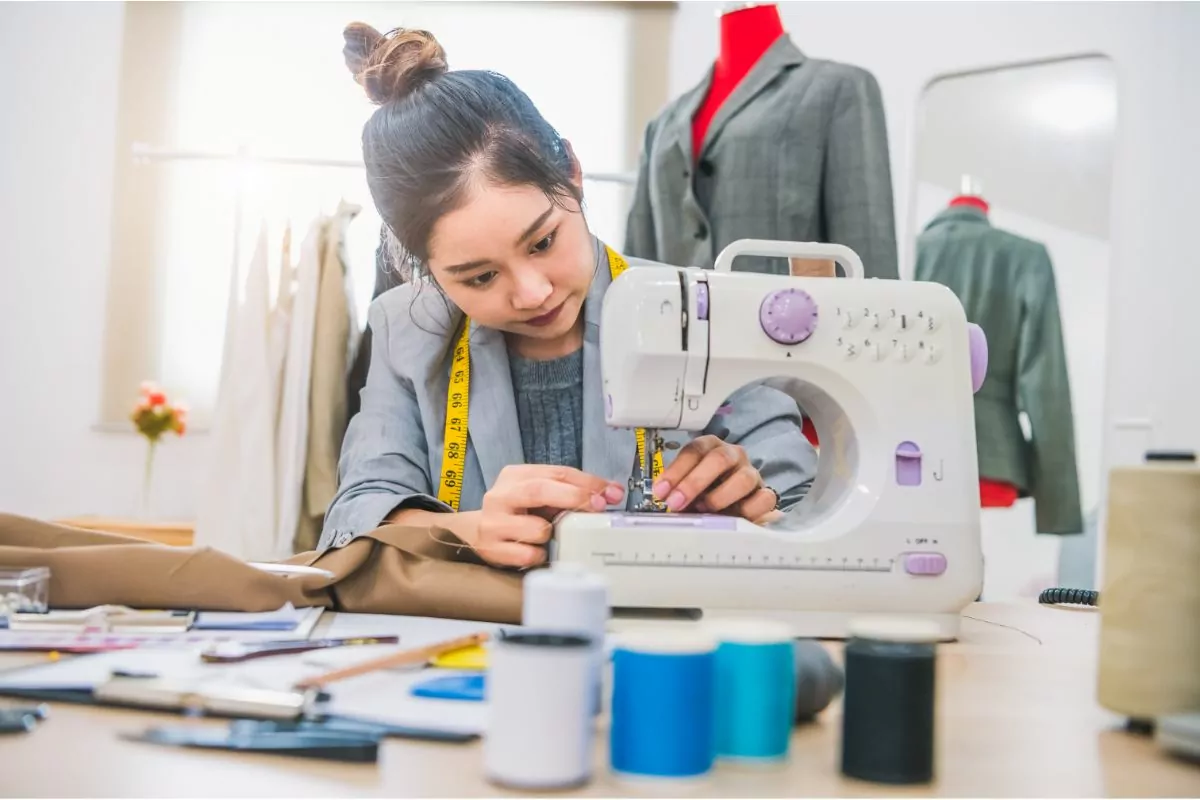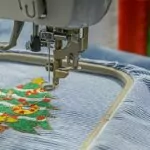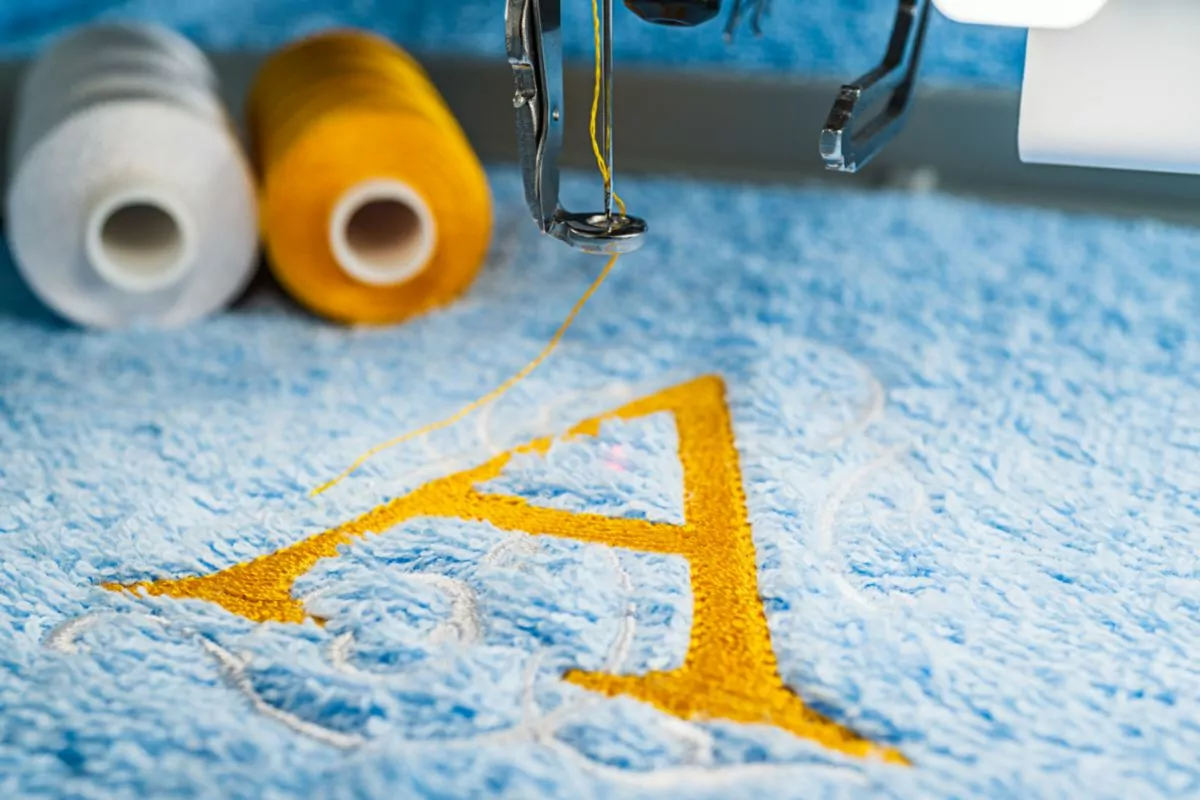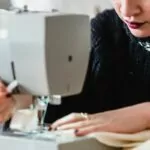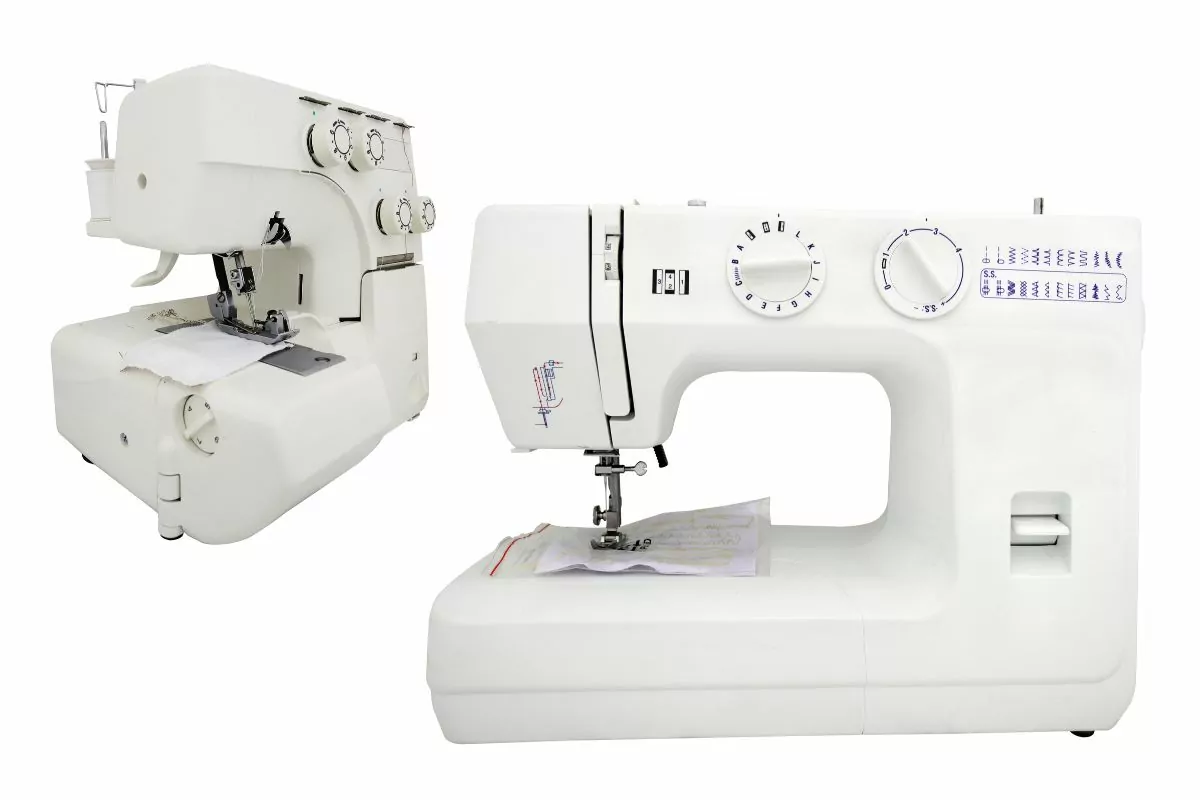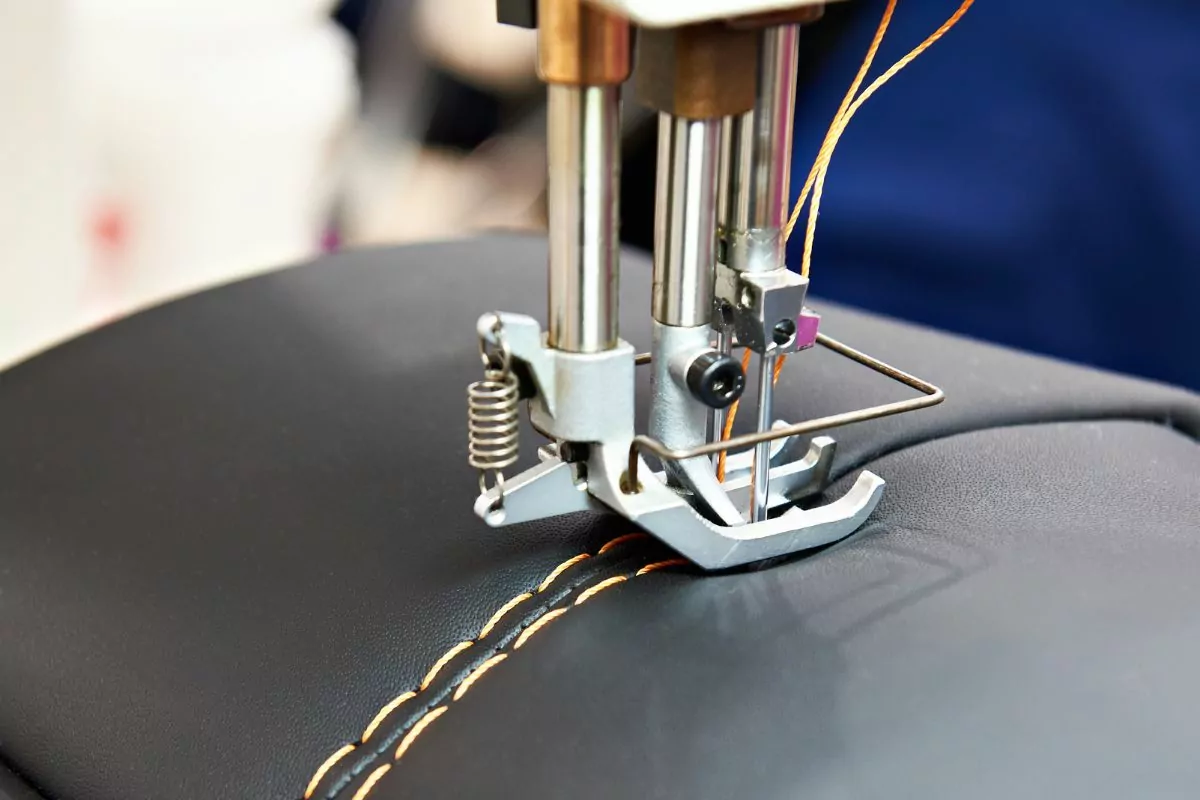Learning to sew can be great, and if you are already fairly experienced at it you will surely know that to be successful and enjoy the process, you do need to have the right equipment to do so.

This is the reason that today we will talk you through how you can tell the difference between a high and low shank machine. We will also go through what these terms mean.
With something like sewing, there is often a lot of associated jargon, so we will help you get your head around these words and phrases to help ensure that you know what you are buying and using! Welcome to our handy little guide on shank sewing!
Does Size Matter?
You might assume that shank size might only matter to professional sewers and professional sewing machines, but this is not the case. So, why does it matter if your sewing machine is high shank or low shank, or any other kind of shank for that matter?
Well, the shank being high, low, or otherwise will affect how your sewing machine works. The shank will also impact what accessories and replacement parts you buy for the sewing machine too.
To get the absolute best out of the sewing machine you use, and to be able to choose correctly when you need to buy sewing machine replacement parts, you need to understand shank.
Replacement parts and quality will both be affected if you do not know what shank size your sewing machine has. So, what is the shank? The shank is the metal rod that connects the presser foot and the sewing machine.
The height of this part of the machine is very important as it will determine the thickness of the fabric that you can fit underneath the foot of the machine.
If you have a high shank machine then this will work best for bulkier fabrics, simply because there is much more space available underneath the presser foot. However, if you are using more common sewing fabrics such as linen, cotton, or even synthetic fabrics, a low shank will work just fine.
How To Find Out If Your Sewing Machine Is Low Shank?

So, how can you find out what shank your sewing machine has? Well, thankfully a majority of domestic sewing machines will be low shank. That being said, not all of them are, so you will still be better off checking.
Therefore, you should measure the length of the shank on your machine. You can do this easily. Here are some steps to help you do this!
- Firstly, lower the presser foot until it is flat.
- Then, using a ruler, measure the distance from the base of the foot to the very center of the presser foot’s thumb screw.
- If the shank is between 0.75 to 0.5 inches or less, then this would be considered to be a low shank machine. However, if you have a shank that is above 1 inch, then this would be considered a high-shank sewing machine.
High End Is High Shank
A high-shank machine is usually quite expensive. These machines are most often used for industrial sewing or commercial sewing, however, they can also be used for technical embroidery.
Different brands of sewing machines can make both sizes of the shank, some big names such as Singer, Brother, Janome, and so on will all make machines with both shank sizes. However, there are some brands such as Bernina which do not use either classification.
Alternatively, a low-shank sewing machine will be more ideal for hobbyists, beginners, and those who may not be regular sewers. A low-shank machine will provide users with more versatility, as well as the opportunity to easily upgrade their machine’s parts if they wish to.
Screw-On Feet Versus Snap-On Feet
A majority of modern sewing machines will use snap-on feet, rather than screw-on feet, which is more old-fashioned. However, these are typically also sound on a low-shank machine.
That being said, you do not need to worry as snap-on feet can fit onto any length of the shank, so this should not impact your sewing machine’s performance at all.
Shank Sizing & Accessories: Things To Consider
Now, we did say that shank size will impact your sewing accessories and this is true. If you are a quilter, then you probably need to buy accessories such as quilter open-toed ruler feet, as these can give you additional space for sewing fabric and wadding.
But, for you to get the right ruler, you will need to be aware of the shank length of your machine. A low-shank adapter will also convert a low-shank machine into a high-shank machine, although this does depend on the type and style of the presser foot you have.
There are also bound to be even more technical details you should consider, and other things you will need to take into consideration when you are looking at the shank size of your sewing machine and the accessories you buy for it.
This is why it is so important that you always refer back to the operator’s manual and manufacturing guide. If you are looking to get an accessory and are not certain that it is compatible with your exact machine, you can also contact the manufacturer or retailer to check.
Overall
The shank size of your sewing machine is very important in ensuring that your machine works as it should and is compatible with the fabrics you use.
While high-shank machines are most commonly used commercially and for industrial means, low-shank machines are best for those who sew as a hobby, and who want to have a more versatile option that allows for accessories, upgrades, and more commonly available fabrics.
You can measure your machine’s shank to find out its size very easily, however, most machines will be a low shank.
- How To Sew Fabrics Together - June 5, 2023
- How Many Stitches Per Inch? - June 5, 2023
- How Long Does It Take To Sew A Dress? - June 5, 2023
